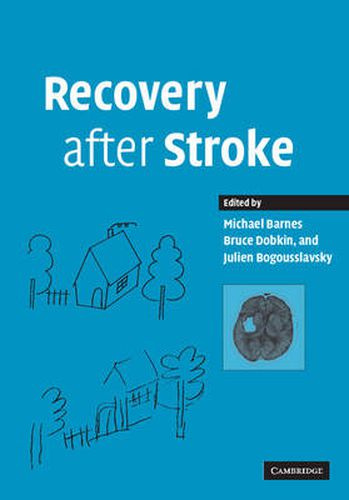Readings Newsletter
Become a Readings Member to make your shopping experience even easier.
Sign in or sign up for free!
You’re not far away from qualifying for FREE standard shipping within Australia
You’ve qualified for FREE standard shipping within Australia
The cart is loading…






One third of people after stroke, having survived the first few weeks, return home with significant residual disability, and can therefore benefit from an active, multidisciplinary rehabilitation programme. This is a comprehensive guide to rehabilitation after stroke, in which leading international authorities set out the basic neuroscientific principles that underlie brain recovery, including chapters on neural plasticity and neural imaging, and describe appropriate rehabilitation strategies for the many different functional problems that can arise after stroke. These include movement disorders, sensory loss, dysphagia and dysarthria, problems with continence and secual difficulties, and cognitive disorders. Also covered are measurement of disability and quality of life, assistive technology and vocational rehabilitation. It is therefore an essential handbook and reference for all members of the multidisciplinary stroke rehabilitation team, including medical personnel, therapists, clinical neuropsychologists and rehabilitation nurses.
$9.00 standard shipping within Australia
FREE standard shipping within Australia for orders over $100.00
Express & International shipping calculated at checkout
One third of people after stroke, having survived the first few weeks, return home with significant residual disability, and can therefore benefit from an active, multidisciplinary rehabilitation programme. This is a comprehensive guide to rehabilitation after stroke, in which leading international authorities set out the basic neuroscientific principles that underlie brain recovery, including chapters on neural plasticity and neural imaging, and describe appropriate rehabilitation strategies for the many different functional problems that can arise after stroke. These include movement disorders, sensory loss, dysphagia and dysarthria, problems with continence and secual difficulties, and cognitive disorders. Also covered are measurement of disability and quality of life, assistive technology and vocational rehabilitation. It is therefore an essential handbook and reference for all members of the multidisciplinary stroke rehabilitation team, including medical personnel, therapists, clinical neuropsychologists and rehabilitation nurses.